Shotcrete is rapidly redefining how we think about concrete application in modern construction. Once viewed as a niche technique, it has evolved into a preferred solution for projects that demand speed, flexibility, and performance—especially in complex environments like tunnels, swimming pools, and vertical or overhead surfaces.
Unlike traditional concrete, which is poured into formwork and manually leveled, shotcrete is pneumatically applied, allowing it to bond directly to surfaces in virtually any orientation. This ability to eliminate or reduce the need for formwork not only saves time and labor but also opens the door to more creative and cost-effective structural designs.
In this article, we’ll explore:
- What makes shotcrete unique
- The difference between shotcrete and gunite
- A step-by-step breakdown of the application process
- The latest in equipment, mix design, and robotic automation
- Key use cases from pools to tunnels—and when traditional concrete still makes sense
Whether you’re a contractor, engineer, or project owner, understanding shotcrete is essential for building smarter and faster in today’s competitive construction environment.
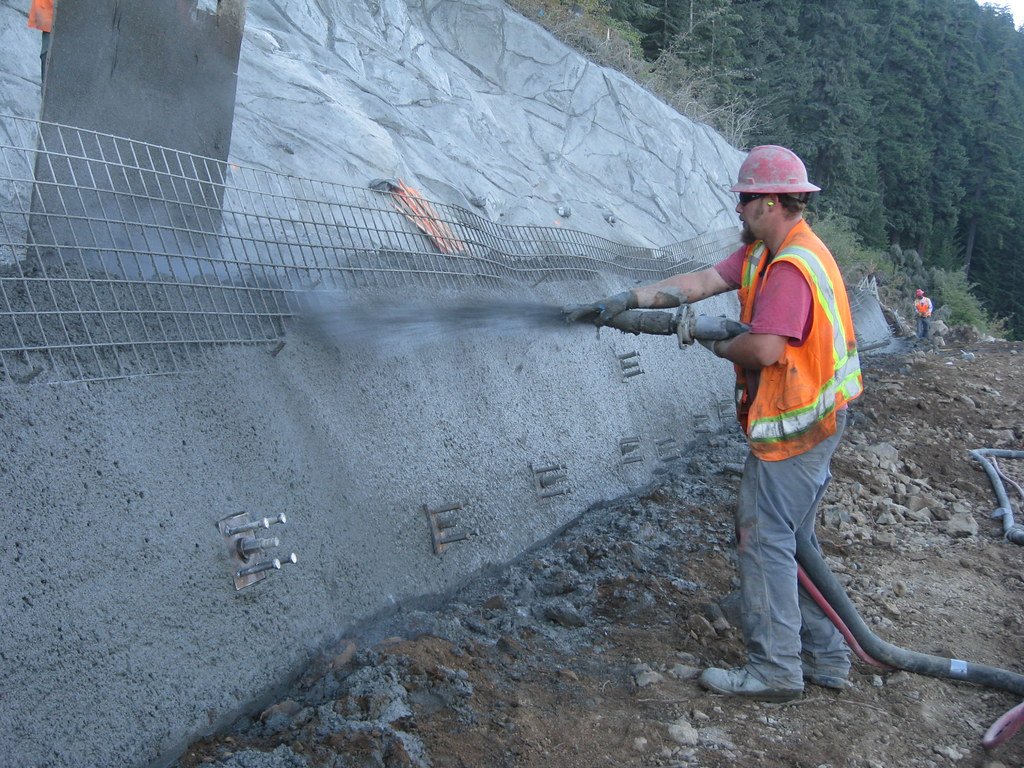
Fig: Application of Shotcrete at site.
What Is Shotcrete?
Shotcrete is a method of placing concrete or mortar by spraying it at high velocity onto a surface. Unlike traditional concrete, which is poured into forms, shotcrete adheres to vertical, overhead, and complex surfaces without the need for conventional formwork. This makes it ideal for projects like tunnel linings, swimming pools, slope stabilization, and structural repairs.
Shotcrete is applied pneumatically—meaning it’s projected through a hose using compressed air—and it undergoes compaction as it’s deposited. This high-velocity impact ensures excellent bonding with the substrate, often stronger than hand-applied or poured concrete.
Wet-Mix vs. Dry-Mix (Gunite)
There are two main shotcreting techniques:
- Wet-Mix Shotcrete: In this method, all ingredients (cement, aggregates, water, and admixtures) are mixed thoroughly before being pumped to the nozzle. Compressed air is introduced at the nozzle to propel the mix onto the surface. Wet-mix is often preferred for large-volume applications and areas requiring consistent mix quality.
- Dry-Mix Shotcrete (Gunite): Here, the dry components are fed into the hose and only water is added at the nozzle by the nozzleman. This allows greater control over water content but demands more skill and often produces more rebound (waste material that bounces off the surface).
The choice between the two depends on the application, site constraints, and operator experience.
The Shotcrete Process: Step-by-Step
The shotcreting process involves several precise steps to ensure safety, performance, and durability.
1. Surface Preparation
Before application, the target surface must be clean, roughened, and free from loose materials, dust, oil, or laitance. For structural applications, reinforcement such as rebar or steel mesh is secured in place to improve tensile strength and bonding.
2. Mixing the Shotcrete
- Wet-Mix Shotcrete:
- All materials (cement, aggregates, water, and admixtures) are pre-mixed in a batching plant or mixer truck.
- The concrete mix is then pumped to the nozzle using a shotcrete pump.
- At the nozzle, compressed air is injected to project the mix at high velocity.
- Dry-Mix Shotcrete (Gunite):
- Dry materials are fed through a rotary gun or hopper into a hose.
- Compressed air transports the mix to the nozzle, where water is added.
- The nozzleman adjusts the water content in real-time to achieve the desired consistency.
3. Application
The nozzleman directs the jet of shotcrete onto the surface. The high velocity compacts the material as it hits the substrate, ensuring tight bonding and minimizing voids. For thicker layers, the material is applied in passes or “lifts,” allowing time for each layer to stiffen before the next is added.
4. Finishing & Curing
- Surfaces can be finished using hand tools or left rough for structural bonding.
- Accelerators may be used to hasten setting, especially in cold weather or vertical applications.
- Curing is crucial to develop full strength. This can be done via water spraying, curing compounds, or moisture-retaining covers.
Shotcrete Equipment: Machines & Technology
Modern shotcrete application relies on a range of specialized equipment designed to handle the demands of different environments, from tunnels to swimming pools.
1. Wet-Mix Shotcrete Machines
These systems typically use piston pumps or rotor-type pumps to deliver the pre-mixed concrete through a hose. Popular models from brands like Putzmeister or Sika are widely used in large-scale infrastructure projects such as dams, tunnels, and bridges due to their reliability and capacity.
2. Dry-Mix Shotcrete Rigs
Dry-mix rigs consist of a material hopper, a rotary gun, and an air compressor. They’re favored for smaller-scale or repair work because they’re portable and allow on-the-spot mix adjustments. However, dry-mix setups generate more dust and require highly skilled nozzlemen.
3. Robotic Shotcrete Arms
Robotic arms, often mounted on crawler units or tunnel boring machines (TBMs), are used in hazardous or confined environments. Controlled remotely, these machines can apply shotcrete with high precision and uniformity, reducing labor risks and increasing productivity—particularly in mining and tunnel construction.
4. Additive Pumps and Admixture Systems
For performance enhancement, separate pumps inject additives like:
- Accelerators – for quick setting
- Fibers (steel, synthetic) – for improved tensile strength and crack resistance
- Silica fume or fly ash – for durability and density improvements
These systems are often integrated with computer control panels to maintain consistent mix quality and dosage rates.
Shotcrete Mix Design: Ingredients & Optimization
The performance of shotcrete depends heavily on its mix design, which must balance workability, strength, durability, and application-specific requirements.
Core Components
A typical shotcrete mix includes:
- Cement: Ordinary Portland Cement (OPC) is commonly used. High early strength cement may be used for time-sensitive projects.
- Aggregates [maximum size is 10mm (3/8 inch)]: Clean, well-graded sand and fine aggregates enhance cohesion and reduce rebound.
- Water: The water-cement ratio is critical—too much reduces strength, too little impairs workability.
- Silica Fume: Often added to improve density, reduce permeability, and increase bond strength.
Key Additives
- Fibers:
- Steel fibers improve ductility, crack resistance, and load distribution in structural applications like tunnels.
- Polypropylene fibers reduce plastic shrinkage cracking in swimming pools or slabs.
- Accelerators: Used to speed up the setting time, particularly for overhead or vertical applications and in environments like underground tunnels or cold weather zones.
- Plasticizers or Superplasticizers: Enhance flowability without increasing water content, which helps maintain strength.
Ratio Differences
- Wet-Mix Shotcrete: Requires precise batching. The mix is controlled and uniform, often managed via computerized systems in batching plants.
- Dry-Mix Shotcrete (Gunite): The water content is adjusted manually by the nozzleman at the application point, offering flexibility but introducing inconsistency if not handled by an experienced operator.
Table: Typical wet-mix shotcrete composition for compressive strength of 48 MPa (7,000 psi)
| Ingredient | Quantity for 1 m3 |
|---|---|
| Cement | 400 kg (880 lb) |
| Silica fume | 40 kg (88 lb) |
| Fine aggregate | 1110 kg (2447 lb) |
| Coarse aggregate (max 10 mm [3/8 in.]) | 460 kg (1014 lb) |
| Water | 180 kg (396 lb) |
| Water-reducing admixture | 1500 ml (51 fl oz.) |
| Superplasticizer | 5000 ml (170 fl oz.) |
| Air-entraining admixture | 2500 ml (84 fl oz.) |
Proper mix design ensures that shotcrete adheres well, minimizes rebound waste, and cures to achieve the desired strength and durability.
Key Applications of Shotcrete
Shotcrete’s versatility makes it a preferred solution across a wide range of construction and repair scenarios.
1. Swimming Pools
- Shotcrete and gunite are widely used in custom pool construction due to their ability to form free-form shapes.
- Gunite (dry-mix) is traditionally more common in residential pools, but wet-mix is gaining ground for its consistent quality and faster placement.
2. Tunneling and Mining
- Shotcrete is the go-to material for primary tunnel linings, especially in the New Austrian Tunneling Method (NATM).
- It provides immediate ground support, stabilizes rock faces, and reduces excavation risk.
- Robotic shotcreting systems are widely used in mines to improve safety and efficiency.
3. Repair and Restoration Work
- Shotcrete is ideal for rehabilitating deteriorated concrete in bridges, retaining walls, parking structures, and marine piers.
- It’s particularly effective in seismic retrofitting and emergency stabilization after earthquakes or landslides.
4. Architectural and Sculptural Concrete
- Due to its mold-free application, shotcrete is popular in creating skate parks, climbing walls, domes, and sculptures.
- The material can be carved or finished immediately after application to create aesthetic shapes.
Alternatives to Shotcrete
While shotcrete is highly adaptable, there are scenarios where other methods may be more suitable based on design, cost, or logistics.
1. Poured (Cast-In-Place) Concrete
- Best for flat slabs, foundations, or large horizontal surfaces where formwork is practical.
- Offers a smooth finish but requires extensive preparation and curing time.
2. Precast Concrete
- Ideal for modular construction where components like beams, panels, or walls are manufactured off-site.
- Ensures quality control and speeds up installation but lacks the on-site flexibility of shotcrete.
3. Sprayed Polyurethane Foam (SPF)
- Not a structural material, but used as an insulation or waterproofing layer.
- Lighter and faster to apply, but unsuitable for load-bearing or structural repairs.
Each alternative has advantages, but shotcrete stands out for its flexibility, rapid placement, and ability to conform to complex geometries.
Challenges & Solutions
Despite its many advantages, shotcrete presents a few technical and operational challenges, particularly when misapplied or poorly executed.
1. Rebound Waste
- Dry-mix shotcrete can produce significant material waste, known as rebound, which occurs when material bounces off the substrate.
- Solution: Skilled nozzlemen, proper technique, and mix adjustments (e.g., using fibers and reducing coarse aggregate size) can reduce rebound.
2. Skill Dependency
- Shotcreting, especially dry-mix, is highly dependent on the operator’s experience. Nozzlemen must control water content, angle, and distance consistently.
- Solution: Certification programs such as those by the American Concrete Institute (ACI 506) ensure operators are properly trained.
3. Weather Sensitivity
- Wet-mix applications are vulnerable to rain, wind, and temperature fluctuations, which can affect curing and bond strength.
- Solution: Use protective enclosures, accelerators, and moisture-retaining curing techniques to mitigate environmental effects.
By recognizing and addressing these challenges, contractors can maximize the effectiveness and longevity of shotcrete installations.
FAQ Section
Q: Is shotcrete stronger than traditional concrete?
A: In terms of compressive strength, shotcrete can match or exceed that of traditional poured concrete, especially when applied properly. Its bonding strength to existing surfaces is typically superior, making it ideal for repairs, vertical applications, and tunnel linings.
Q: What’s the lifespan of shotcrete?
A: When designed and applied correctly, shotcrete structures can last 50+ years. Factors such as mix design, surface preparation, curing, and environmental conditions influence longevity. Additives like fibers and silica fume further improve durability and crack resistance.
Q: Can shotcrete be used underwater or in marine environments?
A: Yes. Shotcrete can be used for underwater repairs or marine structures like seawalls and piers when combined with specialized admixtures that resist water washout and improve bonding in wet conditions. Wet-mix shotcrete is generally preferred for these applications.
Q: Which is better for swimming pools—gunite or shotcrete?
A: Both are viable options. Gunite (dry-mix) offers more on-site control and flexibility, making it popular for custom residential pools. Shotcrete (wet-mix) provides better consistency and is often faster for large or commercial pool installations.
Q: How much does shotcrete cost?
A: Costs vary by region, project size, and mix design. In general:
- Dry-mix shotcrete: $100–$150 per cubic yard
- Wet-mix shotcrete: $120–$180 per cubic yard
Robotic shotcreting, additives, and labor certification can increase the overall project cost.
Future Trends in Shotcreting
As construction evolves, so does the technology and sustainability surrounding shotcrete. Here are key trends shaping its future:
🔧 Automation and Robotics
- Robotic shotcrete arms are becoming standard in high-risk environments like tunnels and mines.
- Integration with AI and LiDAR enables real-time feedback, quality control, and surface profiling.
🌱 Eco-Friendly Mixes
- Demand for low-carbon cement alternatives like geopolymer binders, fly ash, and slag is increasing.
- Carbon-capture shotcrete systems are in research and pilot stages to meet climate targets in infrastructure projects.
🧠 Smart Monitoring Systems
- Embedded sensors in shotcrete layers now allow contractors to monitor strength gain, temperature, and moisture levels, enabling data-driven curing and safety decisions.
🌍 Growing Adoption in Developing Countries
- Rapid urbanization and infrastructure demands are leading to increased shotcrete adoption in Asia, Latin America, and Africa, particularly for metro rail, water tunnels, and slope protection.
Conclusion
Shotcrete has transformed from a niche technique into a mainstream construction solution for structural reinforcement, repair, tunneling, and design flexibility. With the ability to adhere to any shape, minimize formwork, and deliver high strength quickly, shotcrete is increasingly replacing traditional poured concrete in demanding environments.
By understanding its processes, equipment, and applications, engineers and contractors can make informed decisions about whether to choose shotcrete, gunite, or conventional concrete—and tailor their approach for performance, cost-efficiency, and safety.
Still wondering whether to use gunite or shotcrete?
Consult with a certified shotcreting contractor or engineer to find the best match for your project needs.
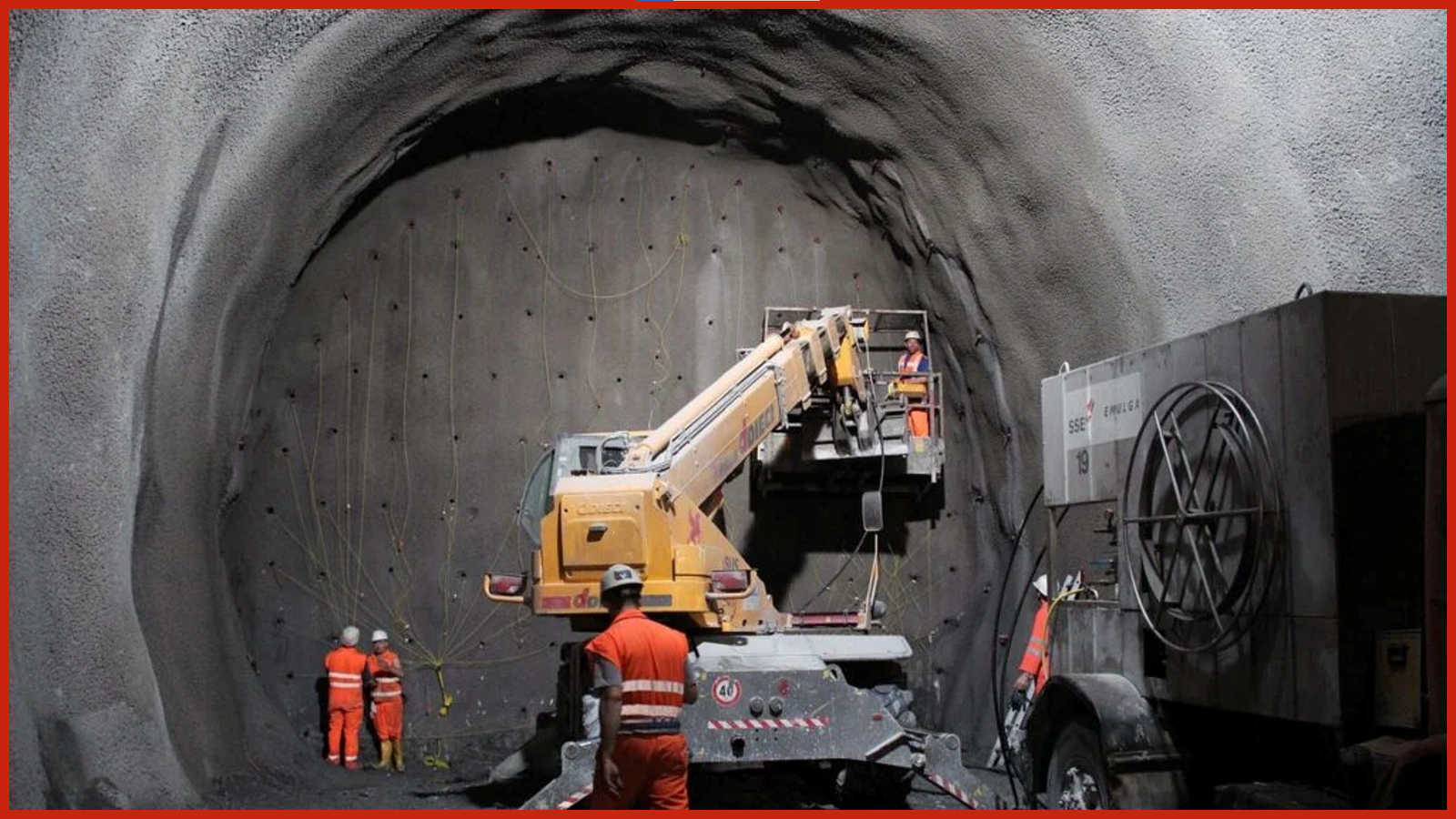
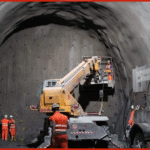


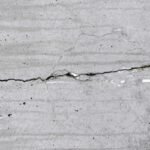
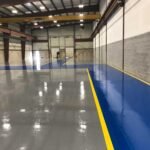
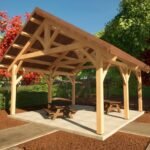

Leave a Reply